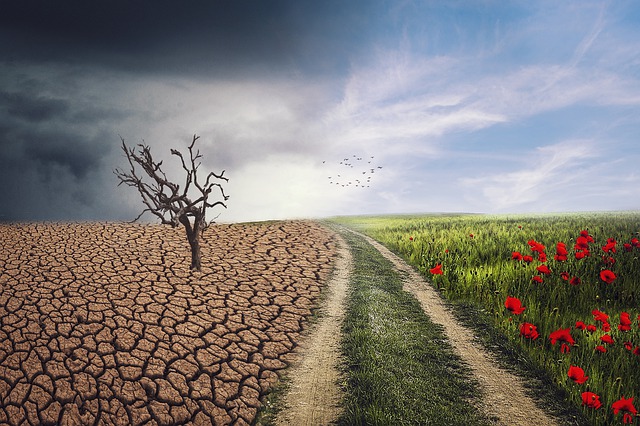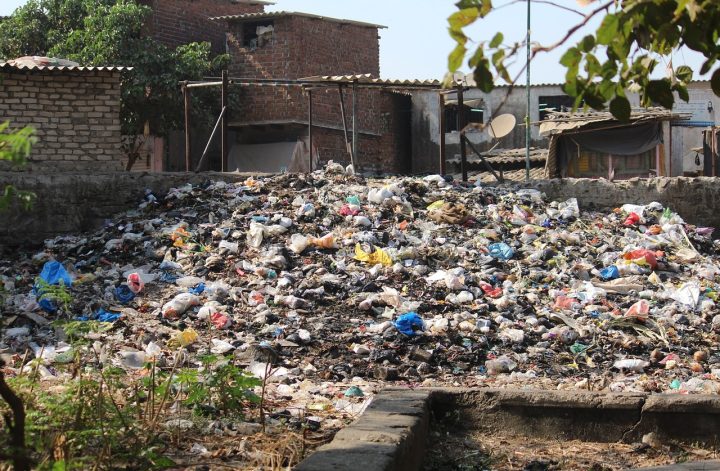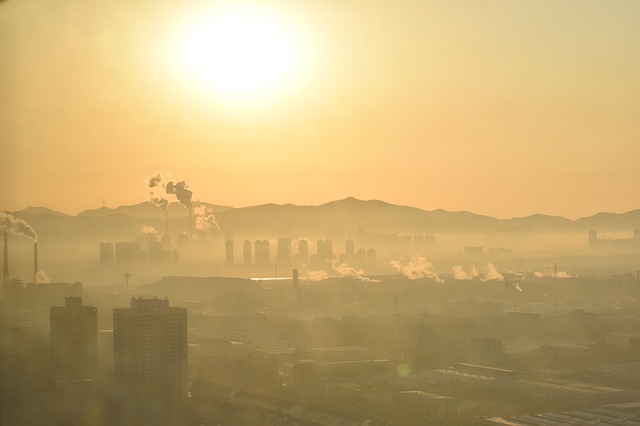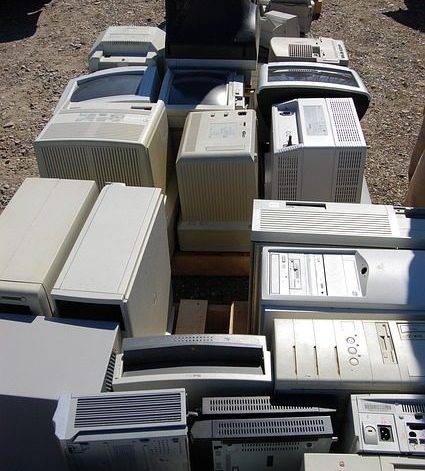Introduction
Climate change refers to the changes in the climatic conditions of planet Earth due to human activities. To know more about Climate Change, please read our article Climate change and its Causes and Effects.
According to a definition by NASA climate change adaptation refers to adapting with the change in our climate that is either present or can be in our near future. The main objective here is to decrease human sensitivity towards the adverse effects that may cause damage to our food chain, cause sea level rise, catastrophic weather conditions. It also includes any benefit that can be gained due to the changing climate for example the crops growth season can be increased or the increase in yield of crops in some parts of the world.
Also check out: We Are Witnessing Climate Change Kill Our World
Importance of Climate Adaptation
In the past human civilization has been able to adapt and cope with the change in the ever-changing environment and climate and has been able to succeed in it. Catastrophic events such as drought itself has been able to wipe out most of the civilizations in the past. The last 12,000 years the climate of Earth has been stable and the human beings have become habitual to it. Therefore, we should try to adapt to our new changes in climate. It will become difficult for us to adapt to the changes if the climate changes at a rapid speed. Also read: We Can’t Afford To Ignore or Deny Climate Change Anymore
Methods of Climate Change Adaptations
-
Promoting Sustainable Agroforests
The forestry and agricultural industry alone account for 25 % of the human produced green house gases emissions. Agroforestry includes forests that mix both livestock and crops production. The open fields with trees can absorb 5 to 10 times more carbon dioxide. This can help farmers by growing crops and livestock hovering. This can help in growth of different crops that can earn more money and decrease the risks caused by climate change.
-
Protection of Coastal wetlands
It is a well-known fact that our coastal wetlands such as the mangrove forests, saltwater marshes have a very exclusive habitat that protect us against floods, sea level rise, provide natural water filtration mechanism. Please read the following article for more information regarding Mangroves and their Destruction – Causes, Effects, and Conservation Techniques. They are also a source of carbon sequestration as they accumulate large amount of carbon dioxide. If these forests are cut down, they result in release of this stored carbon dioxide in the atmosphere. This could result in climate change at a rapid rate. There should be awareness about increase in protecting coastal wetlands it could help in mitigating one Gigaton of CO2 per year. Communities that live near mangrove forests and coastal wetlands should be included in conservation processes and awareness programs as their livelihood depends on it. Fiji has been successful in protecting their wetlands and create mass awareness regarding it.
-
Protecting Indigenous People’s Rights
The indigenous communities manage more than 50 % of the land on Earth. These communities have been able to practice adaptation strategies much before us and have a very deep knowledge of adapting methods. Therefore, we can learn from such communities. They have legal rights over their land. Therefore, it has become necessary for us to protect their rights as they occupy world’s oldest and unique habitat. For more information, kindly read: Environment Discrimination and the Importance of Environmental Justice and What is Climate Justice and Why Is It Important?
-
Energy Distribution
Climate change in the near future will impact the countries’ electricity supply and distribution. While with the increase in the current population the demand for the electricity and energy usage has increased. Therefore, centralized energy system which have long transmission are very sensitive as a small fluctuation can cause a power outrage for a larger region while the decentralized connection is less vulnerable as they have smaller distribution lines and use renewable energy. Such smaller transmission lines are easy to fix and manage. Solar panels or wind energy panels can be used for remote areas such as the northern part of Pakistan as they face less power shortage and emit no greenhouse gases. Also read: Renewable Alternative Energy Resources – Advantages and Disadvantages
-
Better transportation services
With the increase in the population worldwide there has also been a rapid increase in the need for public transport. About 72 % of the green house releases from transport industry is due to our roads. The transport system is sensitive to the disasters such as the floods, storms and heat waves. This will only impact people with low income and people in remote areas. Therefore, increase in the public transport, green roofing of buses can help. It can help in decreasing air quality index, traffic congestion and reduce greenhouse gases.
You might also like: What the Earth’s Environment Might Look Like After 50 Years
Conclusion
Therefore, it has become evident that the climate change is evident and adapting to it has become necessary. Therefore, the policy makers should increase the allocation of resources towards climate change, try to improve public transport sector and protect indigenous rights. The government should try to work on more policies towards climate change
Also read: Third Pole Is Melting – Himalaya-HinduKush-Karakoram Glacier
We hope you liked this post! Please comment below if you have any suggestions, comments or feedbacks! We at #envpk love hearing from readers! Thanks!




